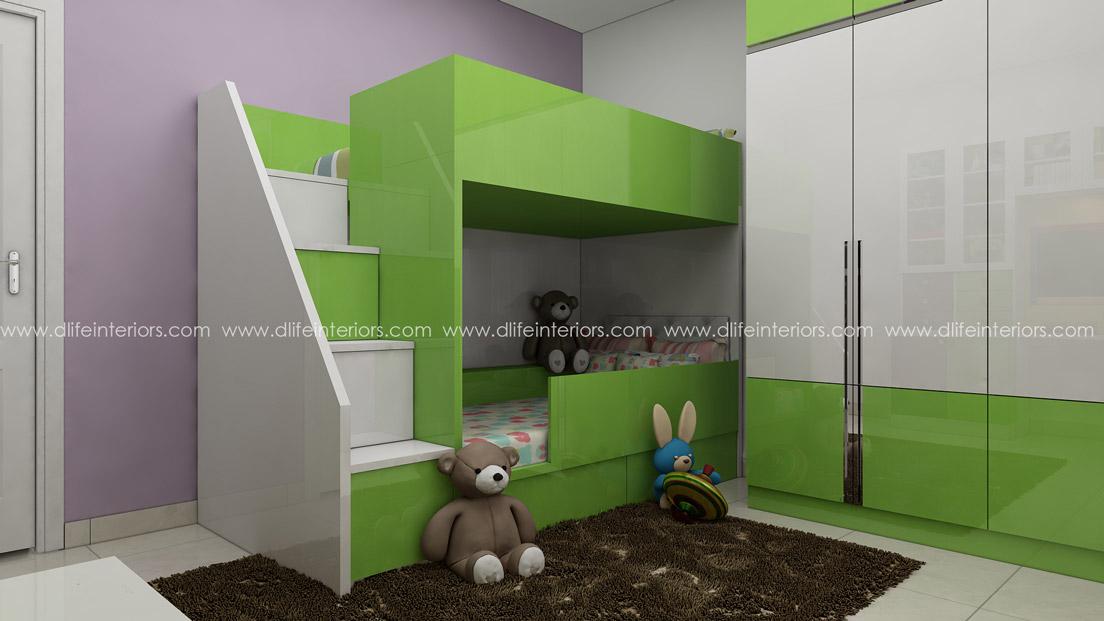Designing a kid’s room is not an easy task, and choosing the right color palette is a crucial part of the process. Colors have a significant impact on mood and behavior, and it is essential to create a space that promotes positivity, creativity, and relaxation. Color psychology can help you choose the perfect palette for your child’s room. Keep reading to learn more about the power of color psychology in kids’ room design and how to choose the right colors to create a space that supports your child’s growth and development.
Blues and Greens: Calming and Relaxing
Blue and green hues are known for their calming and relaxing properties. These colors can help reduce anxiety, lower blood pressure, and induce a sense of calm in children. These shades work well in bedrooms and playrooms where children spend most of their time. Light blue and green shades can promote concentration, while darker shades can provide a cozy and nurturing environment. You can accessorize the space with natural elements such as plants or wooden furniture to complement blues and greens.
Yellow: Stimulating and Creative
Yellow is considered to be the color of sunshine and happiness. It is a stimulating color that can promote creativity, energy, and optimism in children. Yellow can be used in a playroom or study area where children engage in creative activities. Light shades of yellow can induce a sense of calm, while brighter shades can add a pop of color and excitement to the space. Yellow accents such as curtains or pillows can complement the room if you do not want to use it as the dominant color.
Reds and Oranges: Energizing and Exciting
Red and orange are bold and energetic colors that can create a lively and stimulating environment for children. These shades can be used in a playroom or activity area where kids engage in physical activities or games. These colors can increase heart rate, stimulate appetite, and evoke excitement. Use these colors selectively as they can be overwhelming and lead to restlessness or irritability if used too much.
Purples: Calming and Mysterious
Purple is a unique and versatile color that can create a sense of mystery and tranquility. Light hues can provide a soft and calming environment, while deep shades can promote luxury and elegance. Purple works well in a bedroom where children can wind down and relax. Additionally, pastel shades can provide a serene and dreamy feel to the space, making it perfect for nap time or quiet play.
Neutrals: Versatile and Classic
Neutral colors such as white, beige, grey, or brown are timeless and versatile. These colors create a calm and clean look, making the room feel organized and spacious. Neutral shades work well with any decor and accessories. These tones provide balance and complement bright or bold colors. In case you want to change the child’s room’s theme, neutrals are a perfect base color to work with.
Conclusion
Choosing the right color palette for your child’s room can have a significant impact on their mood, behavior, and overall well-being. Don’t hesitate to approach a team of interior designers in Bangalore to help you find the perfect inspiration for your kid’s room.
Understanding color psychology can help you create a space that promotes positivity, creativity, and restfulness. Keep in mind that color perceptions can change from one age group to another. What works with a toddler may not work with an older child, so it is important to consider the child’s age, personality, and preferences. Ultimately, designing a child’s room should be a fun and exciting process that involves both the child and parent in creating a space that reflects their personality and style.



